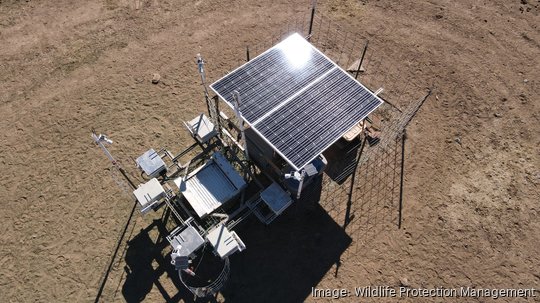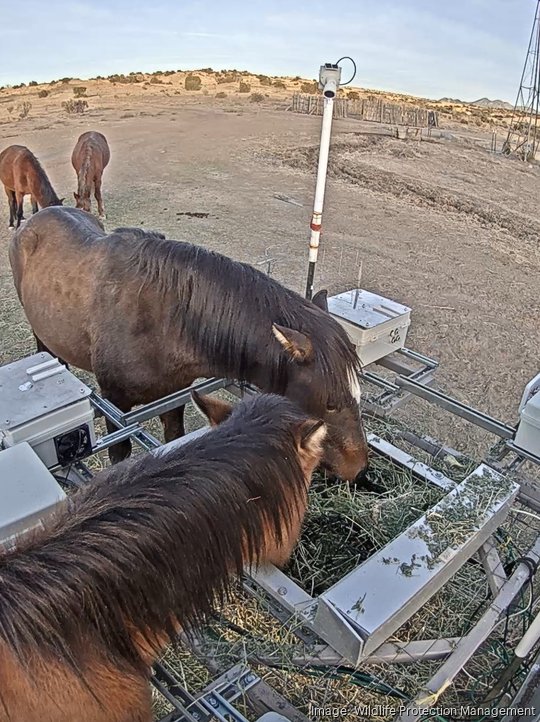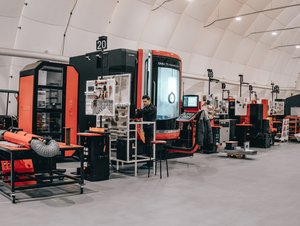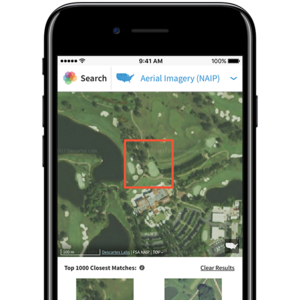
Roch Hart spends a lot of time out on the ranch. The New Mexican supervises roughly 20,000 acres of land, keeping it well-maintained and safe from potential hazards — wild horses included.
Large herds of uncontrolled horses often move through ranch land. There are different ways to control those roaming wild horse populations, including trying to push the herds away from ranch land or contraceptive vaccines.
The latter is "the most humane way" to control horse numbers, Hart told Albuquerque Business First. So, with a problem he couldn't drag away and a potential vaccine-based solution, he contacted New Mexico State University (NMSU) with an idea for a tech-based vaccine delivery system.
A program run through NMSU's Arrowhead Center called "AGSprint," or agricultural sprint, connected Hart with the National Science Foundation's Innovation Corps initiative. It's an entrepreneurial training program that, according to its website, "facilitates the transformation of invention to impact."
Hart said he conducted a series of interviews with people in the industry to learn more about how to implement his wild horse solution. Those interviews, and more work with the Arrowhead Center, spun into Hart's startup, Wildlife Protection Management.
The six-person company has a solar-powered technological system to remotely implant wild horses with both radio frequency identification chips and contraceptive vaccines.
It's loaded with alfalfa, which horses come to feed on. While feeding, cameras attached to the system identify the horses and then deploy the chips and vaccines — but not at the same time. Hart said the startup has microchipped over 60 horses and has implanted vaccines into more than 30, some with a single dose and others with two doses.

The RFID chips allow the horses to be tracked as they move throughout the land, and the contraceptive vaccines control the horse herds' population growth. Hart said Wildlife Protection Management's system loads chips and vaccines into small darts that are shot at horses with a "slow pitch." That's opposed to traditional dart guns, which Hart said shoot at a "fast pitch."
But what started as a way to humanely deal with wild horses turned into a larger idea for a system to help connect people in rural areas.
Hart calls it the "communications hub." It's a way for people working in remote areas to control pieces of technology throughout their ranches, film studios or farms, for example.
"To give you an illustration, I happen to be in Hawaii and I deliver a vaccine from over 3,000 miles away," Hart said. "By having that technology — making a switch move or making a gate open and close or making cameras work — we're able to do anything."
The hub is one part of Wildlife Protection Management's horse vaccination station. But the startup can also place its hubs at specific points to operate multiple other systems. Hart named gates, cameras, the horse station and irrigation machines as some examples.
"The communication is key to everything," he said. "We basically created a very complicated system in the middle of nowhere."
If ranchers or other rural workers don't have existing technology on their ranch to connect with the hub, for example, Hart said Wildlife Protection Management can "create the communication" between whatever system the rancher may want to control through the hub and the hub itself.
When working full time, Hart said the startup could put together one of its hub units in about a week. It currently costs Wildlife Protection Management around $8,000 to build one unit.
The startup's business model going forward will be a blend of service and product-generated revenue, Hart said — selling its hub to customers through a one-time fee plus a subscription cost, while also having team members travel out to customer locations to assist with various technological needs. Any system upgrades would fall under the customer's subscription to the hub.
To help scale the hub out to more customers, Wildlife Protection Management opened a crowdfunding campaign on the site WeFunder with a $50,000 target. It's the first time the startup has raised money in a more public way; it's previously received money from private individual investments and some grants.
Money from the WeFunder campaign, plus any additional investment, would help Wildlife Protection Management hire employees full time to manufacture, sell and service its connectivity hubs. Bringing on people "where they live" would be a big part of the startup's hiring thesis, Hart said.









